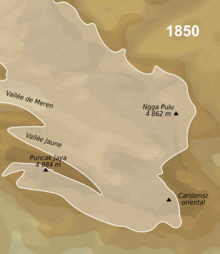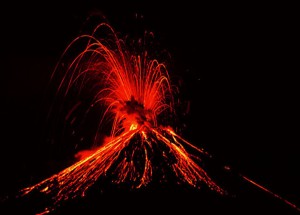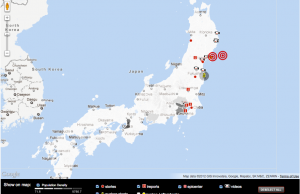In our modern world of of GPS, when it seems like there is no frontier left, the ocean floor remains largely unexplored and unmapped. This website, hosted by National Geographic, follows the crew and scientists aboard the Nautilus. The crewmembers’ most recent mission was from June to November 2013 to explore the Gulf of Mexico and the Caribbean, mapping geological, biological, archaeological and chemical aspects of these areas to depths of about 2000 meters. Highlights of the trip included new discoveries of shipwrecks.
The beauty of this website is that it allows the general public- elementary school students, college professors and scientists, and average curious people- to connect with the crew. The website includes pictures from the missions, including this one of the bow of a shipwreck.
Additionally, the site provides videos of the ship’s robots, Hercules and Argus, at work, collecting samples thousands of feet below the surface. This is an image of Hercules using a temperature probe to test an underwater volcano:
The most interesting part of this website is that during missions, it connects directly to the crew aboard the ship. It shows a live video feed of the ship’s activities and allows students and the public to chat live with the Nautilus’s educators, who respond on an audio feed to students’ typed questions.
Finally, the site includes helpful links for teachers and kids, including interactive mapping and robotic design games to encourage and inspire future geographers to explore the ocean frontier.
http://www.nautiluslive.org/



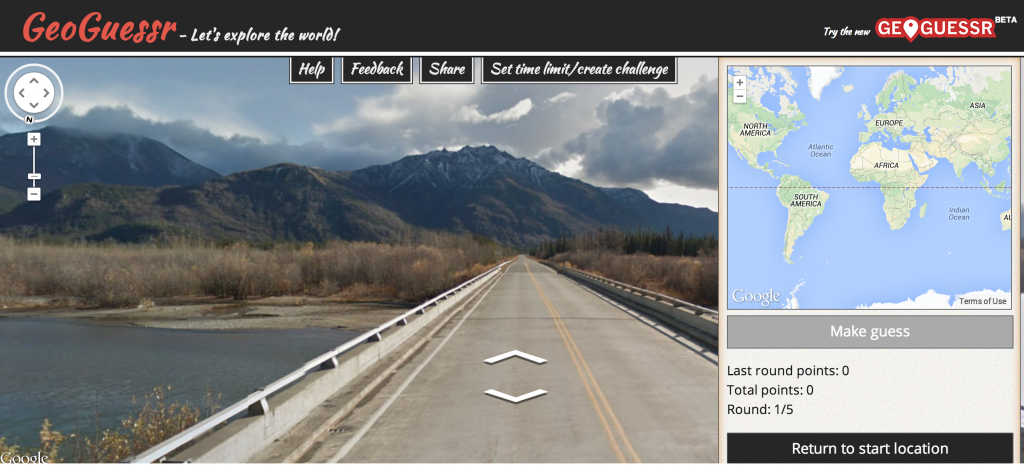




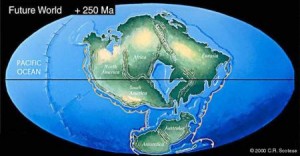
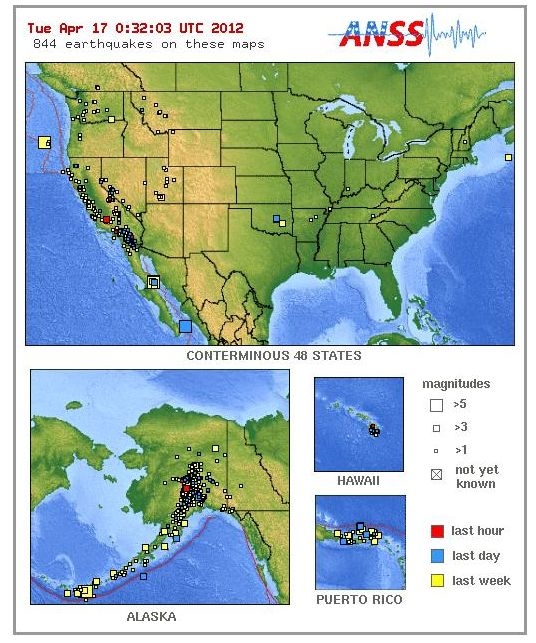 We have spent a lot of time throughout this course discussing earthquakes as they are an important consequence of the phenomenon of plate tectonics in the lithosphere and cause long lasting effects on the biosphere when they occur. In class we often focused on the largest, most local, and most significant earthquakes. The earthquake in the Philippines, the tsunamai caused by the earthquake in Japan, and the termor felt in our backyard in Mineral, VA are all events that are well documented and widely known about. However, during one of our lectures, we were presented with a slide that revealed the estimated probability of an earthquake occuring in any given region across the United States. Of course, western California and the Aleutian Islands in Alaska were the most areas of the highest expected earthquake activity. Still, there was a spot in central Virginia which was higher in probability than surrounding regions.
We have spent a lot of time throughout this course discussing earthquakes as they are an important consequence of the phenomenon of plate tectonics in the lithosphere and cause long lasting effects on the biosphere when they occur. In class we often focused on the largest, most local, and most significant earthquakes. The earthquake in the Philippines, the tsunamai caused by the earthquake in Japan, and the termor felt in our backyard in Mineral, VA are all events that are well documented and widely known about. However, during one of our lectures, we were presented with a slide that revealed the estimated probability of an earthquake occuring in any given region across the United States. Of course, western California and the Aleutian Islands in Alaska were the most areas of the highest expected earthquake activity. Still, there was a spot in central Virginia which was higher in probability than surrounding regions.